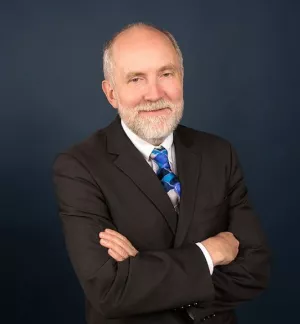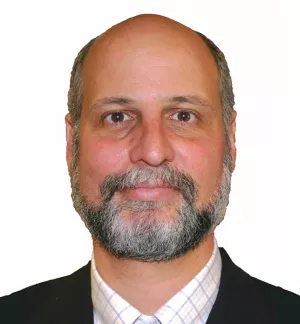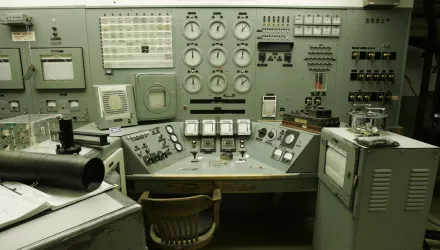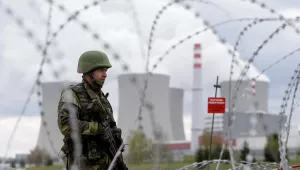Download a full PDF of "Preventing Nuclear Terrorism: Continuous Improvement or Dangerous Decline?" here. (4.1 MB PDF)
World leaders face a stark choice at the final nuclear security summit later this month: Will they commit to continuous improvement, or will nuclear security efforts stall and potentially decline? Their answer will shape the chances that terrorist groups, including the Islamic State, could get their hands on the materials they need to build a crude nuclear bomb.
In this new report, Preventing Nuclear Terrorism: Continuous Improvement or Dangerous Decline?, Matthew Bunn, Martin Malin, Nickolas Roth, and William Tobey provide a global reality check on nuclear security. They note that effective and sustainable nuclear security capable of addressing plausible threats is the single most effective chokepoint preventing terrorists from acquiring a nuclear weapon. In recent years, significant progress has been made securing vulnerable nuclear weapons-usable material—reducing the number of countries with these materials by more than half, securing scores of sites around the world, and much more. But the work is not done.
Threats are constantly evolving, and there are new, worrying trends. Two years ago, the Islamic State was one of many small extremist groups. Today, it controls swaths of Iraq and Syria, is recruiting globally, has demonstrated a desire and capability to strike far beyond its borders, and espouses apocalyptic rhetoric.
Since the 2014 Nuclear Security Summit, there has only been modest progress securing vulnerable nuclear-weapons usable material around the globe, and some efforts have lost ground. At the end of 2014, Russia cut off most nuclear security cooperation with the United States. The Obama administration is proposing its lowest-ever budget for programs to improve nuclear security around the world. Fewer countries are announcing major security improvements at nuclear facilities, and some are hanging on to highly enriched uranium or plutonium stocks they clearly do not need. The nuclear security summit process is coming to an end—potentially decreasing international attention to this issue.
Bunn, Matthew, William H. Tobey, Martin B. Malin and Nickolas Roth. “Preventing Nuclear Terrorism: Continuous Improvement or Dangerous Decline?.” Managing the Atom Project, Belfer Center, March 21, 2016










